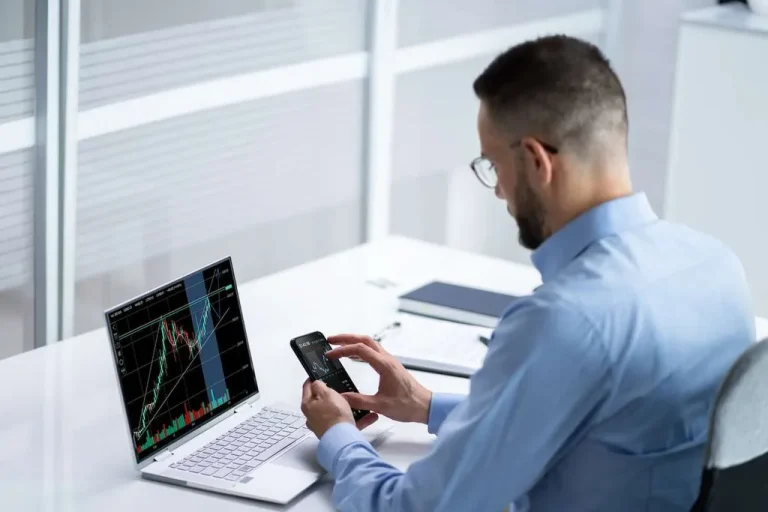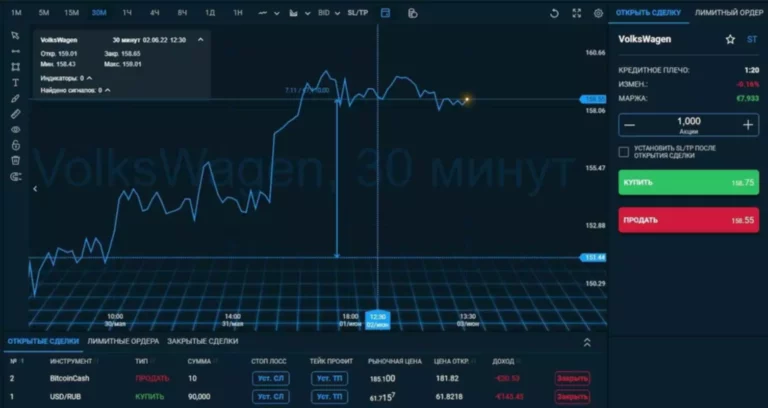Content
You should consider whether you can afford to take the high risk of losing your money. We introduce people to the world of trading currencies, both fiat and crypto, through our non-drowsy educational content and tools. We’re also a forex volatility community of traders that support each other on our daily trading journey. It’s important to note how volatile a currency pair is before opening a trade.

How to mitigate the risk of volatility with FOREX.com
The thing to keep in mind is that a certain level of volatility is needed for markets to operate efficiently. The challenge for traders though is when volatility becomes too high. While none of these methods are foolproof, they certainly carry certain merits you can exploit. However, don’t forget that they also come with high-risk potential. So, you’ll have to be focused and quick thinking to make sure the spontaneity with which you Financial cryptography trade does not end up in losses for you.
Why is volatility important in the markets?
- A market’s liquidity has a big impact on how volatile the market’s prices are.
- Sometimes the levels will break violently when too many traders know of them and stop orders begin to pile up.
- The fact is uncertainty, volatility, fluctuations, or whatever you call the range of price movement – are all intrinsic parts of trading the markets.
- It is not suitable for all investors and you should make sure you understand the risks involved, seeking independent advice if necessary.
- It is determined by how many traders are actively trading and the total volume they’re trading.
- For assessing the market activity and price dynamics, there is an indicator called volatility.
This is a method where the market’s expectations for volatility over the coming 30 days are measured. It indicates market uncertainty as a manifestation of the level of expected volatility. It consists of two bands or lines representing the standard deviations above and below a 20-day moving average. The bands expand with https://www.xcritical.com/ higher volatility and thin with lower volatility. 68% of retail investor accounts lose money when trading CFDs with this provider.
The 2024 election underscores the complex interplay of political events
It measures the difference between the opening and closing prices over a certain period of time. Volatility is the measure of how drastically a market’s prices change. A market’s liquidity has a big impact on how volatile the market’s prices are.
Liquidity and volatility in Forex
You can set your stop loss to a level you are comfortable with to make sure your losses don’t pile up. In early 2022, major central banks worldwide, such as the Federal Reserve and the European Central Bank (ECB) used for our example here, confronted global high inflation rates not seen in more than 40 years. The Federal Open Market Committee (FOMC) raised rates 11 times in 17 months and the ECB by 10 times in 16 months to bring inflation down. The central banks also had to maintain a balance, as raising rates can impact economic growth and the job markets.
Whether it’s the US vs China, the US vs Europe, or any other region or country, trade wars can also spur volatility in the markets due to the billions or trillions of transactions involved. One way or another, the currencies involved in any trade war will be affected at some stage. To understand the relationship between market liquidity and volatility, you first need to understand what liquidity is.
Volatility is a significant aspect of the foreign exchange market, commonly known as forex. It refers to the degree of fluctuation in currency exchange rates over a specific period. As a beginner in forex trading, it is crucial to comprehend the concept of volatility as it can impact your trading decisions and overall success. In this beginner’s guide, we will explore the fundamentals of volatility in forex and its implications for traders.
Usually the exostic pairs and crosses are the most volatile in Forex. This is due to the weak economies which are unstable and cause the volatile fluctuation of the local currency. The major pairs which are the most traded and are of the strongest economies have a lower volatility as they have stable and strong economies. What was the price of gold (XAU/USD) and what are the forecasts for gold in 2024? AxiTrader Limited is a member of The Financial Commission, an international organization engaged in the resolution of disputes within the financial services industry in the Forex market.
Using mathematical formulae is a slightly more methodical approach to measuring forex volatility. There are various models available, each converted into an easy-to-use indicator that can be added to your price chart dashboard by clicking a button. A quick scan of a price chart should instantly provide an idea of how volatile a market is. Higher peaks and lower troughs point to the market overshooting to the upside and downside, respectively. For example, in the price charts below, the price of USDJPY deviates from the long-term average to a greater extent than USDCHF does. Forex hedging involves placing additional trades or buying other instruments to protect the returns of a larger position.
Volatility is one of the factors that you should consider when choosing the position size, currency pairs, as well as entry and exit points. Traders should be mindful of current events and keep up on financial news in order to find potential profit and to better avoid potential losses. Historical volatility is the measure of the actual price movements of a currency pair over a specific period of time. It is usually calculated using standard deviation, which measures how much the price deviates from its average. Historical volatility provides traders with insights into the past behavior of a currency pair and helps them evaluate the potential risk and profitability of future trades.

Understanding the typical volatility of different currency pairs is crucial for traders. It helps them assess risk, set appropriate stop-loss levels, and choose suitable trading strategies. Another example can be a trader attempting to set a stop or a limit order. They may consider the average historical volatility along with their strategy parameters. Economic and/or markets related events, such as a change in the interest rate of a country or a drop in commodity prices, often are the source of FX volatility.

For example, a Forex trader looking to steadily grow his capital without taking on a lot of risk would be advised to choose a currency pair with lower volatility. On the other hand, a risk-seeking trader would look for a currency pair with higher volatility in order to cash in on the bigger price differentials that volatile pair offers. Implied volatility, on the other hand, is an estimate of future volatility based on the prices of options contracts.
Higher volatility indicates larger price movements, while lower volatility suggests smaller price fluctuations. But, if you’re interested in the potential to benefit from breakneck changes, the right trading strategy can help you take advantage of market changes. Staying informed about economic events and news releases is essential for understanding the potential impact on volatility. Conducting thorough fundamental analysis helps traders anticipate market movements and make informed trading decisions.
